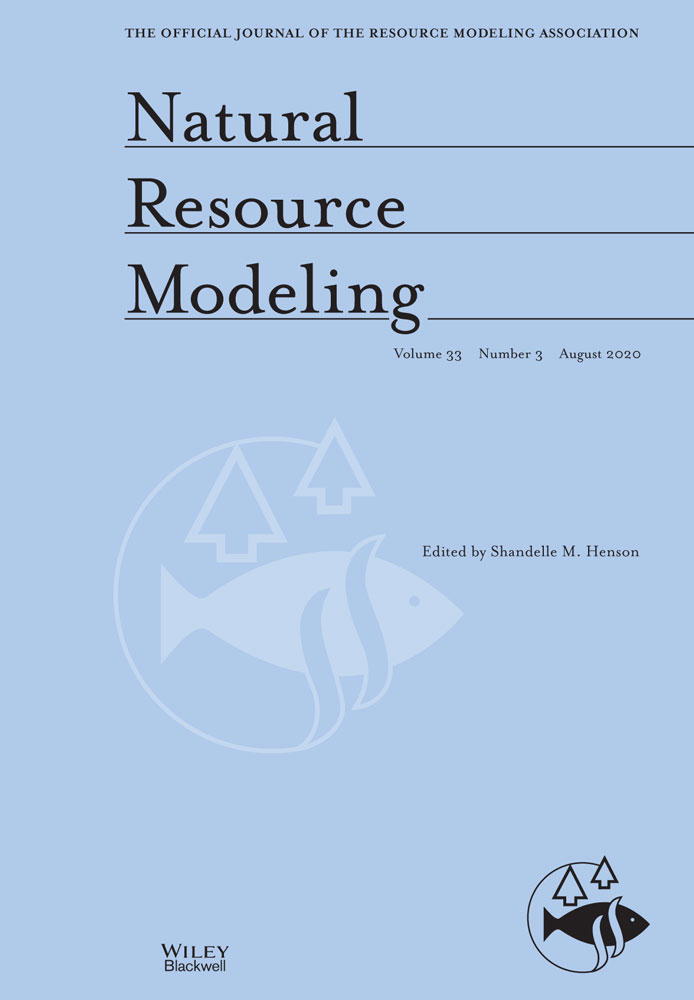Risk sensitivity in Beverton–Holt fishery with multiplicative harvest
Abstract
We present a steady-state threshold risk analysis framework for exploited populations following the Beverton–Holt recurrence. The Beverton–Holt model is widely applied in the assessment of species biomass and fitted to experimental data to obtain a suitable range of parameter values. To account for the uncertainty in these parameter values, such as the growth rate, we analyze the probability of the steady-state harvested population falling below a critical threshold. More precisely, the Beverton–Holt equation with constant multiplicative survival, constant carrying capacity, and constant growth rate is considered. Under the assumption of a stochastic distributed proliferation rate, we analyze the risk of the steady-state population falling below a specified threshold, under constant harvest. We demonstrate a characteristic sensitivity property of that risk, that we refer to as “instability wedge,” in the parameter space. We continue the study by assuming a 2-periodic carrying capacity, representing seasonal changes in the population's environment. Again, we demonstrate the risk sensitivity phenomenon. Although the growth rate was chosen to have a uniform distribution in presented examples, the framework extends to other probability distributions.




